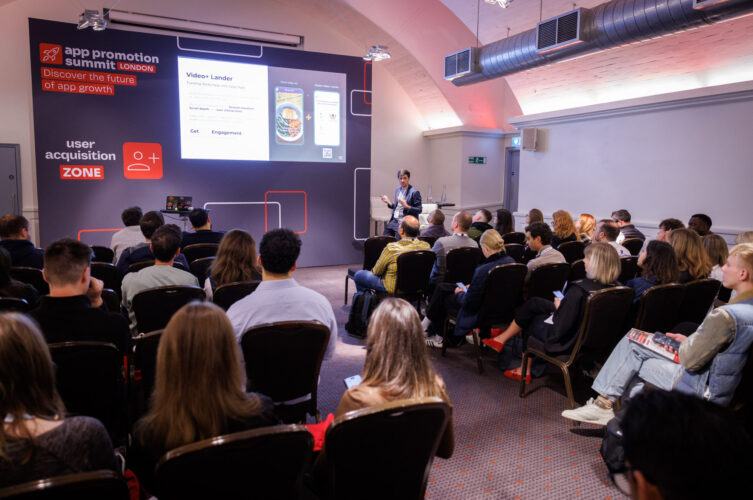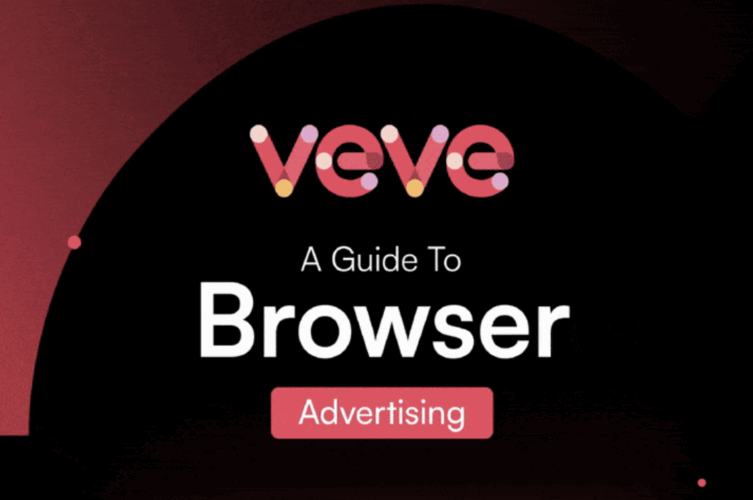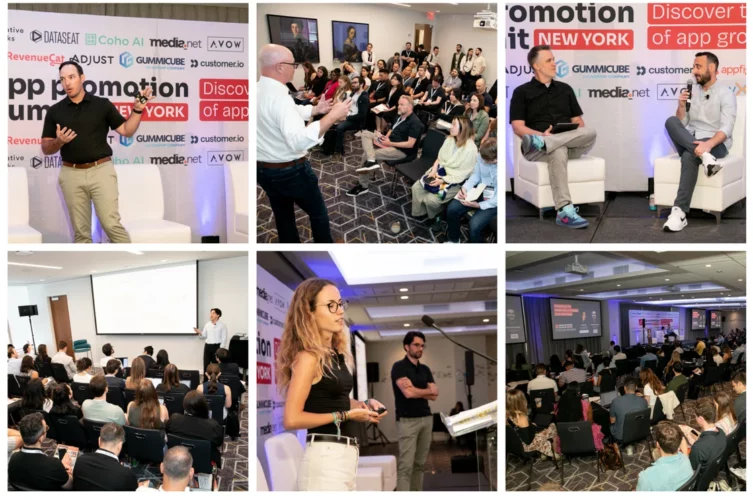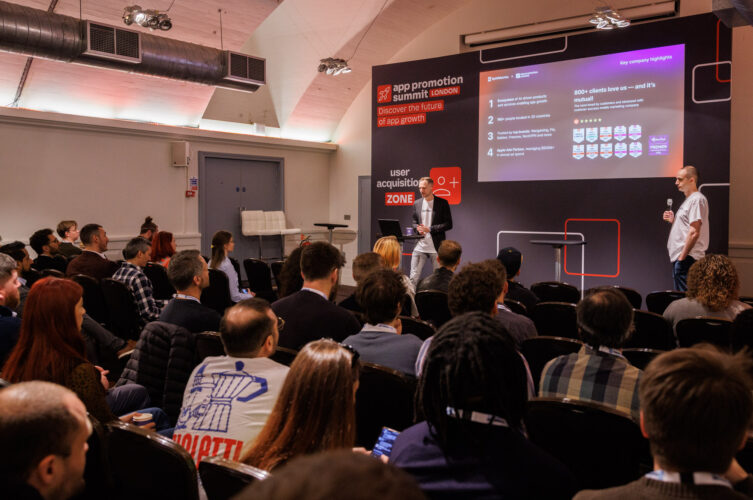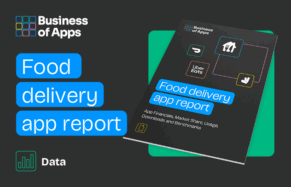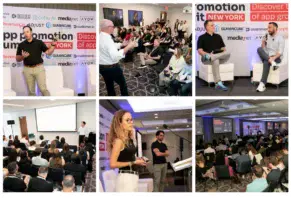User acquisition costs keep rising, but repeat orders refuse to follow suit. App store charts look full, yet a third of shoppers delete a retail app within a week. To tackle these pressing realities, App Promotion Summit London 2025 invited three brands that have fought through the noise and kept their installs buying.
Moderated by David Murphy, the panel featured three standout voices:
- Eugene Kuznetsov – Product Lead, Holland & Barrett
- Jessica Llarena – Mobile Shopping App Leader, Decathlon
- Jill Angus – Mobile Apps Marketing Lead, B&Q
After forty minutes of intense discussion, the trio ended up producing a practical playbook for success built around five priorities.
Make retention the first KPI
“Customers sacrifice space on their mobile phones to download an app,” Eugene said. In return they bring the highest purchase frequency and basket value.
Decathlon’s data mirrors the pattern: app buyers add more items per order and return sooner than web buyers.
Both brands now assess marketing spend by lifetime value instead of raw install volume.
Turn the shop floor into a growth engine
Fifty-two percent of Holland & Barrett’s app users first heard about it from store staff. Colleagues scan a QR card at the till, hand the phone back and let the customer finish the download while the receipt prints.
Decathlon offers select discounts exclusively to app members and places QR codes beside the shoe wall and at click-and-collect stations to encourage sign-ups.
The approach converts footfall into opted-in users without competing in crowded ad auctions.
Building value between purchases
Decathlon positions its app as “the key driver of loyalty and engagement” by rewarding more than spending. Users earn points for logging workouts or leaving product reviews and redeem them for vouchers or event invites. “We want users to feel like VIPs within the Decathlon environment,” Jessica summed up.
Holland & Barrett, on the other hand, is building a wellness hub: articles, podcasts, and one-on-one consultations.
By solving daily problems, each brand stretches the time users spend inside the app and lifts the rate of repeat checkout.
Send pushes that respect context
“Most of our push notifications are automated and based on contextual and behavioural events,” Jessica explained. A low-stock alert fires when a favourite item is about to run out, while workout streak reminders appear only on days the user usually exercises.
Holland & Barrett usually sends silent notifications first, letting the message appear inside a user’s app feed; once shoppers acknowledge the benefit, the app requests push permission. Seasonal icon swaps have also proved successful at reactivating lapsed users, although the brand closely monitors conversions to confirm whether curiosity clicks lead to more baskets.
Preparing for the personalized future
“An app simply can’t be a carbon copy of your website,” Jill warned. She expects recommendation engines to recognise mood from scroll speed and surface products accordingly, a technique that is already being tested by beauty brands.
Holland & Barrett is exploring AI agents that complete a purchase once preferences are set, while Decathlon is evaluating large-language-model suggestions for equipment bundles.
All three agree that first-party data governance must be sound before such features can go live.
Final words of eCommerce wisdom
Retail apps may be up against rising user acquisition costs and ever-higher customer expectations, but the ingenuity on display in London shows those hurdles aren’t insurmountable.
By weaving together store-floor acquisition, membership-driven loyalty, context-aware engagement, and a clear-eyed adoption of AI, today’s eCommerce leaders are more than keeping pace, they’re redefining what app success looks like in 2025.






